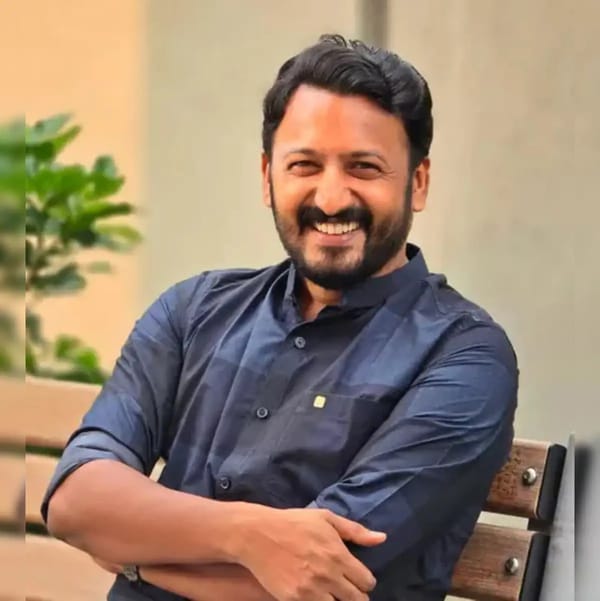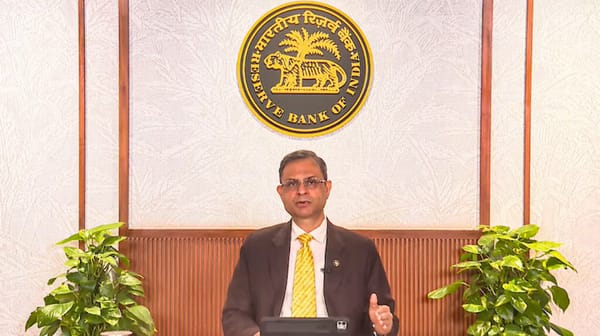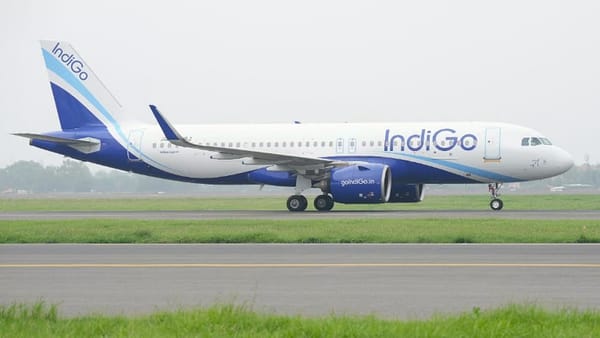In search of my roots
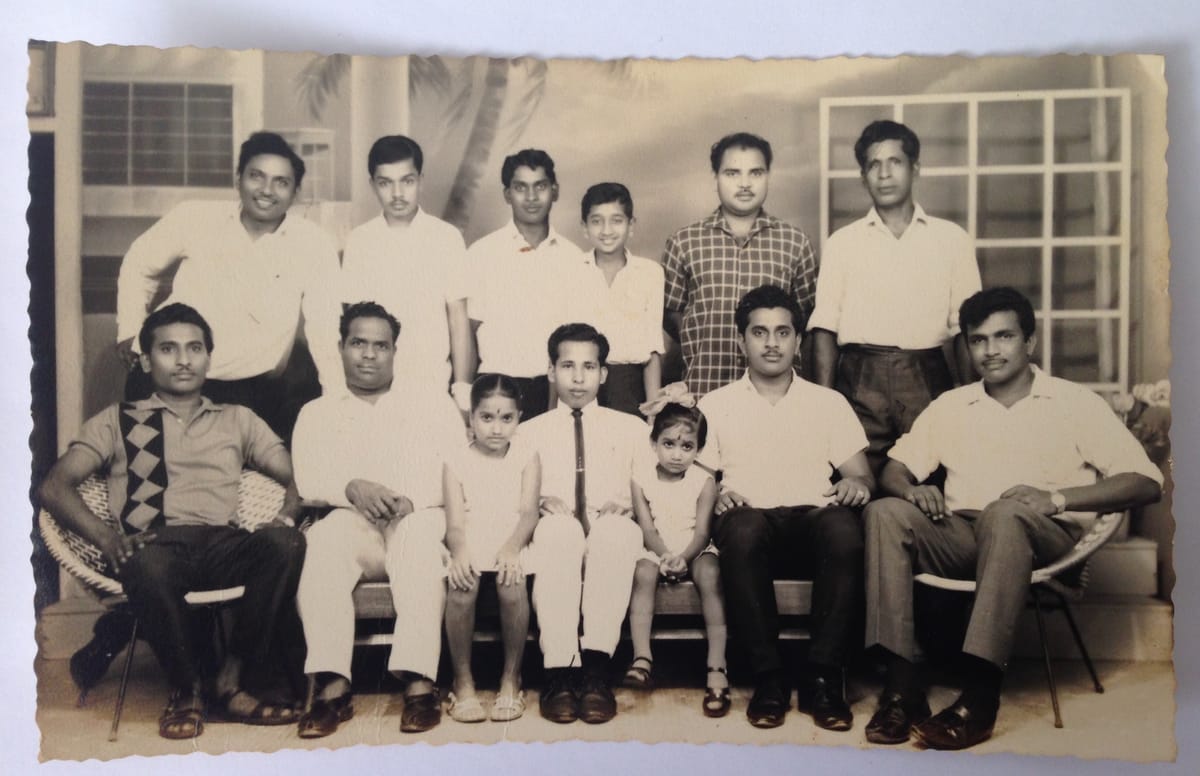
‘Veettu perru entha?’ asked a lady whom I had met at an Onam gathering.
I was a teenager then, and, although I knew enough Malayalam to understand that she was asking me for the name of my home, I was totally clueless about the cultural connotations in her question. She was one of the many new migrants who had arrived in Singapore in the late 1980s. I assumed that it was her peculiar way of asking me where I lived. So I rattled off my address in Ang Mo Kio, probably much to her amusement.
It only dawned on me years later that she was asking me which taravad I belonged to. At that point in time, I had only been to Kerala once – and that too for a brief holiday. The topic of ancestry did not feature high on a teenager’s priority of things that one needed to know. My parents were born in Singapore or Malaysia, and had not mentioned their taravads.
The parents of my father, Aravindakshan Pillai, migrated to Singapore in 1920 and all but one of his siblings were born and raised in Singapore. But, as fate would have it, most of his family members returned to Kerala and settled in their village in Paravur, Kollam. Others who worked for the British administration were granted British citizenship and moved to England in the 1970s, leaving my father and one of his sisters, Indra Pillay, in Singapore. It must have been an unsettling time for the family even as different members sought and found greener pastures.
My maternal grandmother, Kalyani Amma, arrived as a three-year-old in British Malaya with her father, Maadhavan Nair, and Ammini Amma from Ottapaalam, Palakkad in the 1920s. Kalyani Amma never returned to Kerala. It was expensive in those days to travel and many Malayalees rarely did so. She married her cousin, a mathematics teacher, Kutti Krishan Nair, soon after he arrived in British Malaya in the 1930s. He had moved to the home of his maternal uncle, Maadhavan Nair (who was also my great grandfather), in British Malaya, to look for a job. He too never returned to Kerala – not even for a short visit.
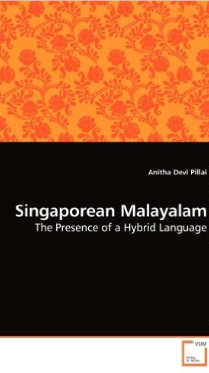
My mother, Kamala Devi Aravindakshan, was educated in a Tamil school in Malaysia. She was raised with a healthy dose of the Kerala essence in a Malaysian setting. She has evolved to be an award-winning writer who frequently writes about Malayalee families and their cultural practices, -- interestingly, in Tamil.
My mother’s idea of Onam Sadya that she had inherited from her mother comprises a few Malaysian-Singaporean dishes such as tofu sambal. At the risk of revealing a family secret, I need to let you know that it was not a practice my father completely agreed with as he had been raised on a more traditional fare by his parents, who were born and bred in Kerala. But, for both of his daughters’ sake, who were in more ways Singaporeans than Keralites, it served as a compromise, just as he had to accept that Onam or Vishu are not likely to ever be public holidays in Singapore. The younger generation was oblivious to these ‘struggles’.
Increasingly, many of the third and fourth generation members of the community were no longer literate in Malayalam. A few had a basic knowledge of the Malayalam script from attending weekend classes run by volunteers. Many families with weaker ties to Kerala also began to speak a local variety of Singapore Malayalam that borrowed features from the Tamil language as well as Singlish. I was fascinated by this language change in our evolving Singapore society and it formed the focus of my masters’ thesis. In 2010, I published my findings in my first book on the Malayalee community titled Singaporean Malayalam: The Presence of a Hybrid Language.
Perhaps, it was a defining moment in the start of my journey into exploring my roots. I was perfectly at ease with my mother’s Tamil literary world as I was with the Singapore Malayalee community. We celebrated Onam and Vishu at home. We never missed any Onam Night celebrations or other events by the Kerala Association, Naval Base Kerala Library, Kairalee Kala Nilayam, amongst others. We were particularly interested in the thriving Malayalam theatre field in the 1980s and 1990s. The most memorable plays were the ones that touched on local issues and related to the concerns of the Singapore Malayalees.
But who is a Singapore Malayalee? According to the census of population of Singapore, there were 1,208 Malayalees in 1911. The community now stands at 26,348 resident Malayalees. It is a mixed group of new migrants and families who have been here for more than three generations. But what do we really know about these Malayalee families? What were their journeys like?
A couple of years ago, I embarked on a research journey to answer these questions. Together with a team of volunteers, we interviewed 130 Malayalees. The interviewees were gracious and opened their homes to us. We contacted many of them several times to interview them about their roots in Singapore, collected hundreds of personal artifacts and old photographs, and photographed them.
Collectively, their voices which were turned into narratives, their family trees that kept growing over the last three years, old photographs and artifacts from their parents and grandparents, paint a fascinating and composite picture of a community that came together because of their love for Malayalam language and culture.
Repeatedly, I heard stories of how members of the community became a family – for instance how one grew up calling one’s father’s best friend at work, a fellow Malayalee of course, Velliaccha (father’s older brother) and his wife Velliamma (father’s older brother’s wife). They talked about community spirit of the Malayalees and participating in community events of the various Malayalee associations.
It was our language that held us together at Sree Narayana Mission, in Sembawang, within the British Naval Base, at Selatar or Changi Royal Air Force Navy quarters and at all other Malayalee enclaves in Singapore. Onam celebrations for one were organized and even headed by non-Hindus. Onam was once described as ‘the national day of the Malayalees’ in The Straits Times in 1926.
Today we do not have Malayalee enclaves. But we have something more. We have more access to Malayalam with the arrival Asianet, Pravasi Express (bilingual online newspaper), Internet and new migrants to boost our numbers. Onam celebrations take place at a much grander scale and there are several celebrations taking place every weekend for at least a month at community centres across the country. The new migrants’ journey of assimilation will be an interesting one to study for a SG100 project.
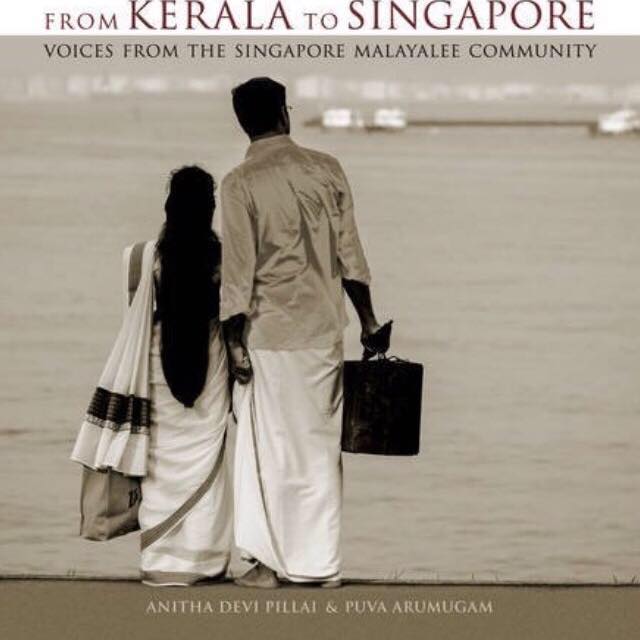
For now, I have documented the journeys of more than 100 Singapore Malayalees in From Kerala to Singapore: Voices from the Singapore Malayalee Community which was launched on 11 February 2017. The book provides a rich description of the journeys of our evolution into a significant community in Singapore. I hope it will also be an inspiration for the members of our community to acquire an even richer sense of our heritage and culture – it certainly has been the case for me in my search for my Malayalee roots.
An earlier version of this article was first published in Onopaharam 2016 (Singapore Malayalee Association). This article comprises excerpts and findings from “From Kerala to Singapore: Voices from the Singapore Malayalee Community” (2017).
Writer’s bio: Dr Anitha Devi Pillai is a third/fourth generation Singapore Malayalee (depending on which side of the family one is looking at), an applied linguist by training and a teacher educator by profession. She graduated with a PhD in Applied Linguistics from Nanyang Technological University. She is the principal investigator of ‘The Singapore Malayalee Story’ research project and the first author of ‘From Kerala to Singapore: Voices from the Singapore Malayalee Community’ (2017).

